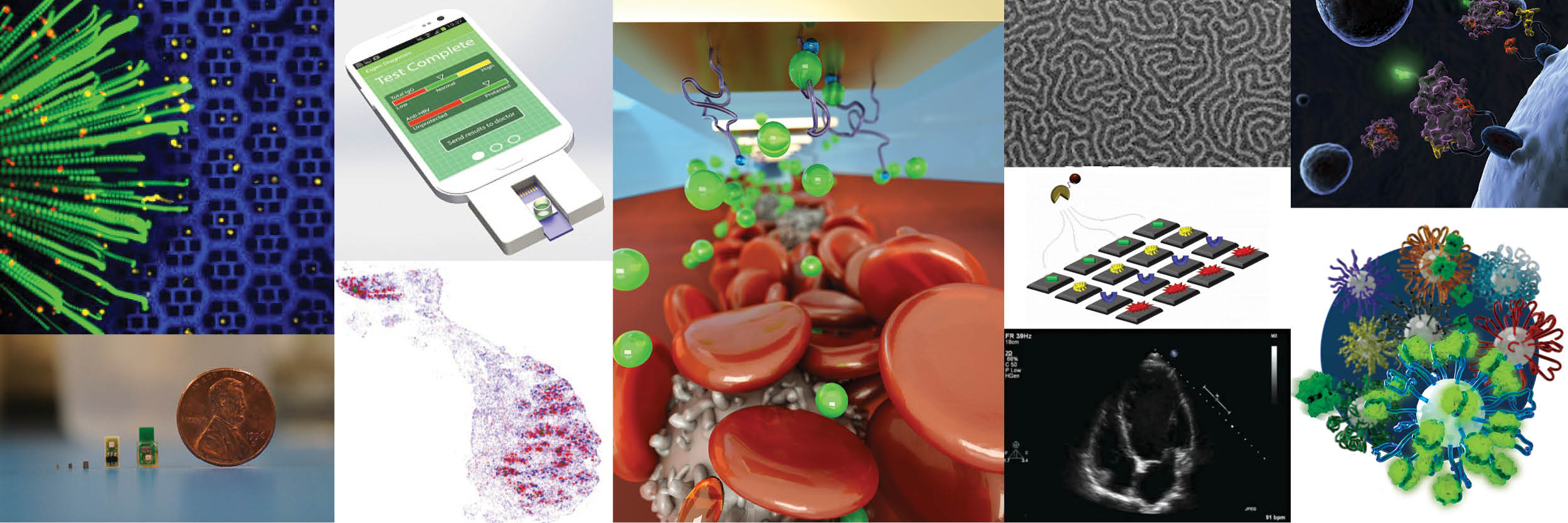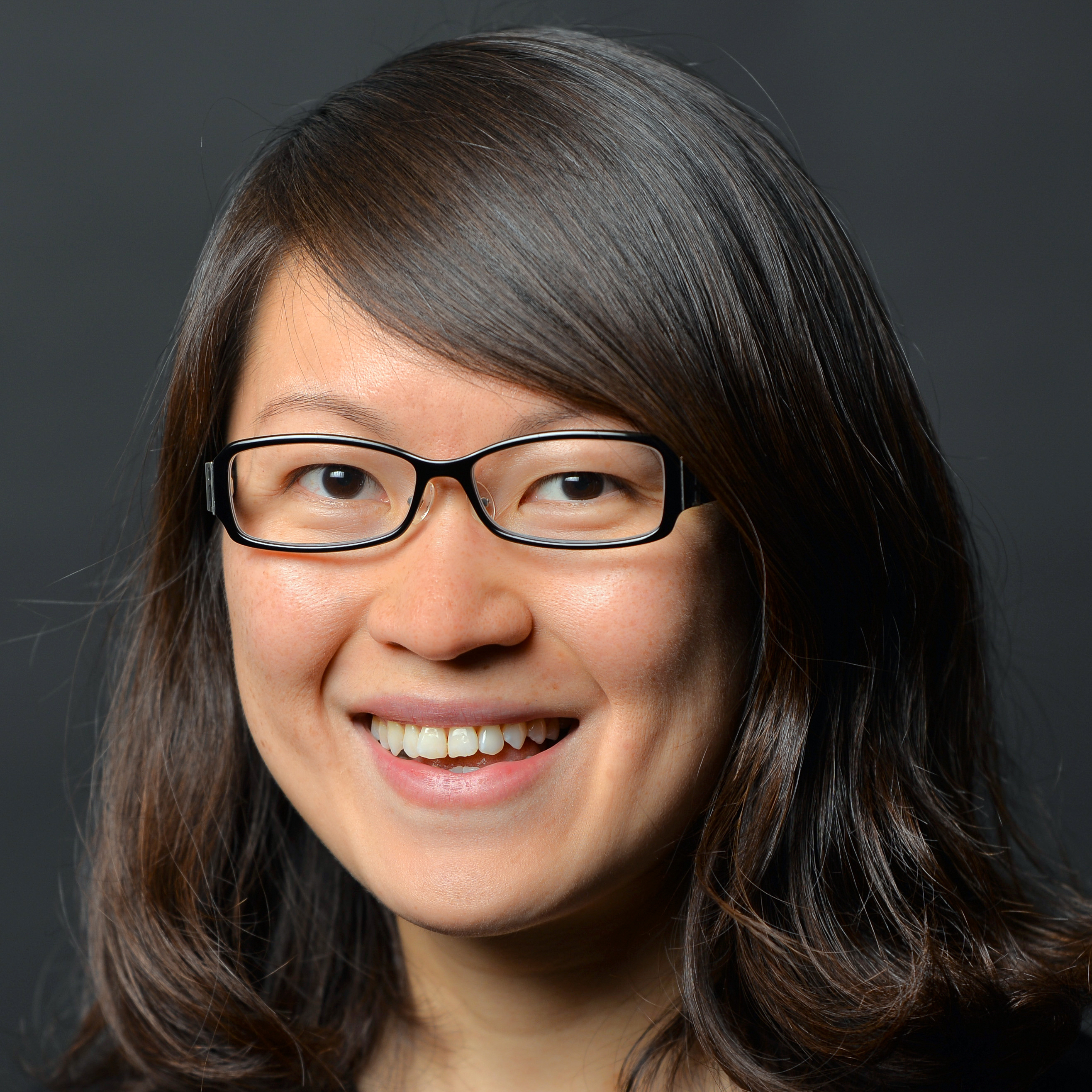
Over the past millennia, biomedicine and technology have enjoyed a powerful symbiotic relationship. Beginning with the invention of the optical microscope in the 16th century, the desire to understand living systems have motivated engineers and inventors to create new technologies for seeing, measuring and purifying biological entities. In turn, such advancements have almost always led to breakthroughs in biology and medicine. Today, this virtuous cycle has led to inventions such as high-throughput DNA sequencing, CRISPR-Cas 9 and cell-based therapies that are impacting many parts of our daily lives. Over the next hundred years, we believe this exciting nexus between biomedicine and technology—which we call “BioInterface”—will be an even more important source of innovation and social impact. To this end, the overall goal of this SystemX Bio Interfaces Focus Area is to bring the biomedical community together with inventors and engineers to explore this exciting area of research to accelerate the development and deployment of novel technologies that will benefit us all.
Diagnostic Systems
The Stanford community is at the forefront of technology innovation for a broad range of societal applications, from telecommunication to computation and analytics, and healthcare. There is a cross-section of emerging technological advances in the schools of engineering and medicine, with direct applications to health and medicine. Stanford's reasearch encompasses devices and systems ranging from implantable and ingestible electronics that enable new forms of in-vivo sensing and monitoring as well as closed-loop therapeutics, to In vitro diagnostic biosensors and screening technologies, to advanced innovation at the nanoscale with application to health and neuromodulation.
Biomaterials and Molecular Engineering
Stanford has a long history of engineering innovative molecules and materials designed to interact, integrate, or alter the body to treat or diagnose disease. There have been a series of advancements in molecular engineering developed at Stanford ranging from the designer therapies to soft biomimetic materials to robust molecular recognition motifs. We have scientists and engineers developing stealthy RNA functioning only when desired, injectable hydrogels for months-long delivery of therapeutic compounds, and highly specific molecular recognition motifs enabling powerful new diagnostic tools. These technologies are leading the way down new avenues for engineering human heath.
Data in Medicine
We develop machine learning platforms to analyze and integrate biomedical data to generate actionable predictions and interventions. We work with data across many scales, from the molecular—CRISPR, single cell—to the population level—wearables, EHR, social networks. Our methods are designed to tackle really messy data—lots of noise, missing values—that come from diverse modalities—image, natural language, sensors, sequencing. In addition to analytics, we also advance state-of-the-art in data driven optimization for wide-ranging applications such as synthetic biology, drug design and nanomaterials.
Focus Area Lead
 |
Prof. Sindy TangMechanical Engineering |


